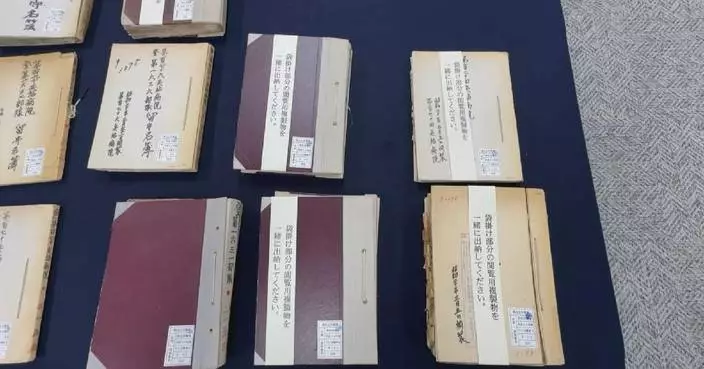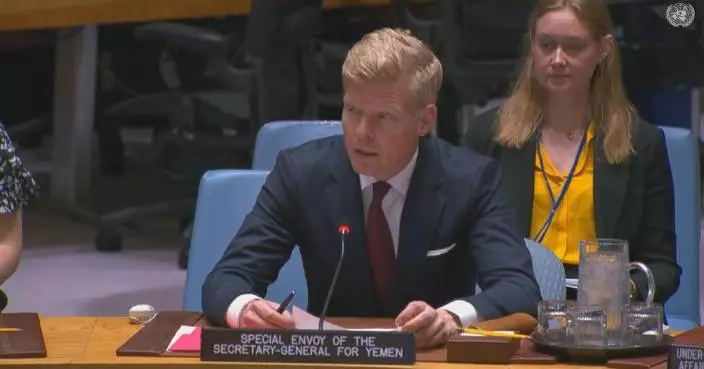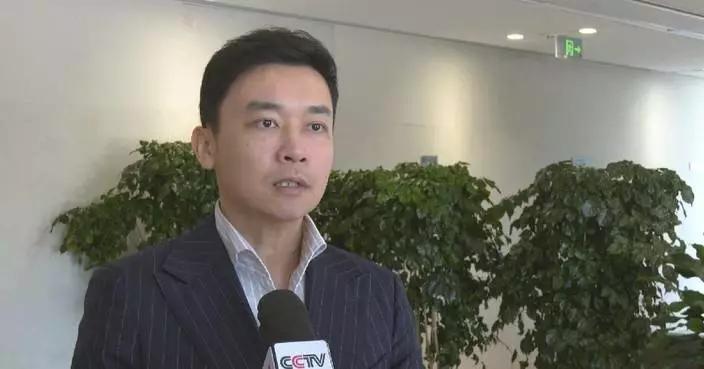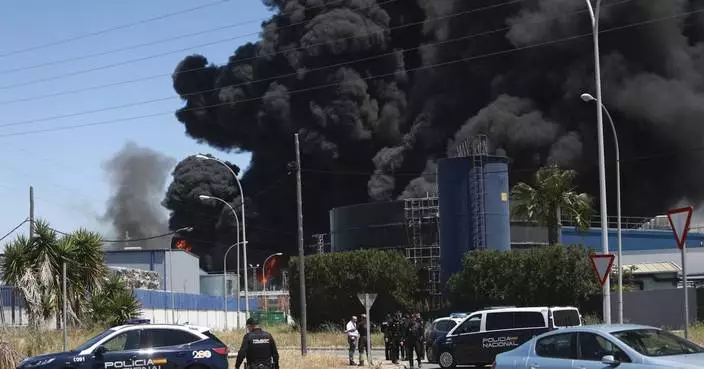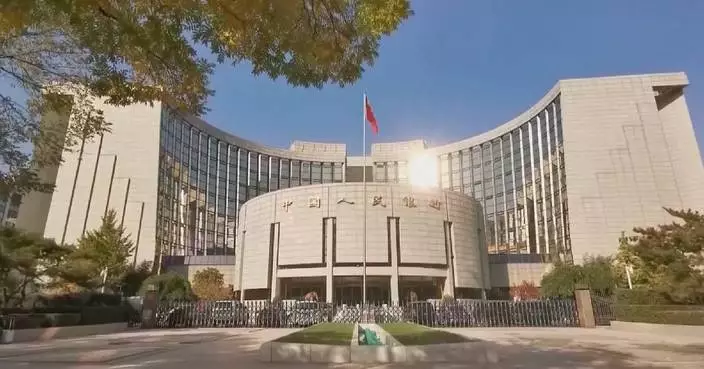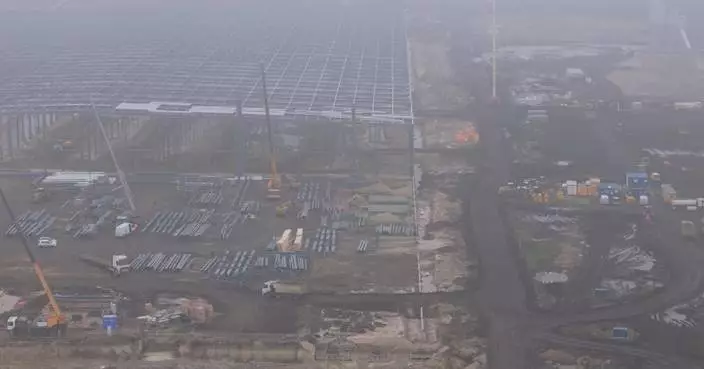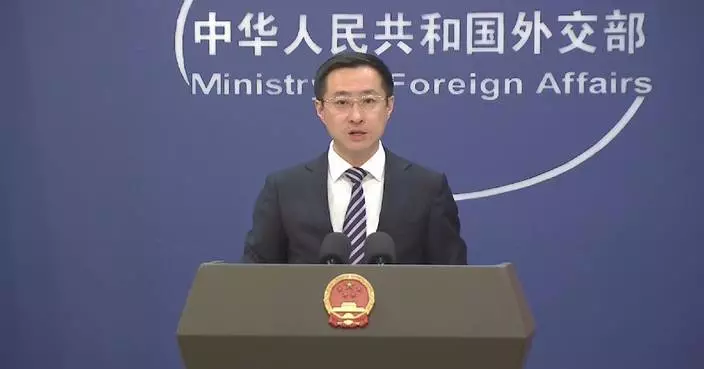International gold prices continued their downward trend on Thursday, falling below the 2,600 U.S. dollars per ounce mark and hitting a two-month low.
Gold opened the day at 2,572.91 U.S. dollars per ounce, with a high of 2,581.24 U.S. dollars and a low of 2,555.22 U.S. dollars, marking a decline of 0.58 percent over the day and extending a five-day losing streak. As of 15:00 on Thursday, the price was reported at 2,555 U.S. dollars per ounce, nearly 7 percent lower than its historical peak.
According to senior investment analyst Li Yang, the decline in gold prices can be attributed to several factors.
"With the U.S. elections concluded, many uncertainties remain, and geopolitical conflicts continue, gold price has dropped. Additionally, many gold bulls are taking profits at high levels, contributing to the ongoing drop in prices," he said.
Reflecting these trends, domestic gold prices in China also fell on Thursday. The Shanghai Gold Exchange reported a closing price of 591.12 yuan per gram (about 2,310 U.S. dollars per ounce) for Au9999, down 1.98 percent for the day. The main contract for gold futures closed at 593.10 yuan per gram, down 1.95 percent. Furthermore, retail gold jewelry prices were adjusted downward, with reductions ranging from 8 to 14 yuan (1.1-1.9 U.S. dollars) per gram.

Gold prices drop to two-month low amid market uncertainty
China's Central Military Commission had recently decided to reorganize its current military academies and establish three new ones in order to adapt to the adjustment of the military branch structure and meet the needs for military talent cultivation, said Jiang Bin, spokesman of the Ministry of National Defense, on Thursday.
"We will reorganize and establish Chinese People's Liberation Army (PLA) University of Army Branches, PLA Information Support Force Engineering University, and PLA Joint Logistics Support Force Engineering University. The three are all higher education institutions that recruit ordinary high school graduates from society," said Jiang.
"Among them, the PLA University of Army Branches is formed from the PLA Army Academy of Armored Forces and the Army Academy of Artillery and Air Defense, with its main campus located in Hefei City of Anhui Province. The PLA Information Support Force Engineering University is formed from the Information and Communication College of the National University of Defense Technology, and the Communications NCO (non-commissioned officers) School of the Army Engineering University, with its main campus located in Wuhan City of Hubei Province. The PLA Joint Logistics Support Force Engineering University is formed from the Army Logistics Academy, the Army Military Transportation University and its affiliated Automobile NCO Academy, with its main campus located in Chongqing Municipality. Information about the majors and enrollment numbers for these newly established universities will be released in due course in conjunction with the annual enrollment plan," said Jiang.
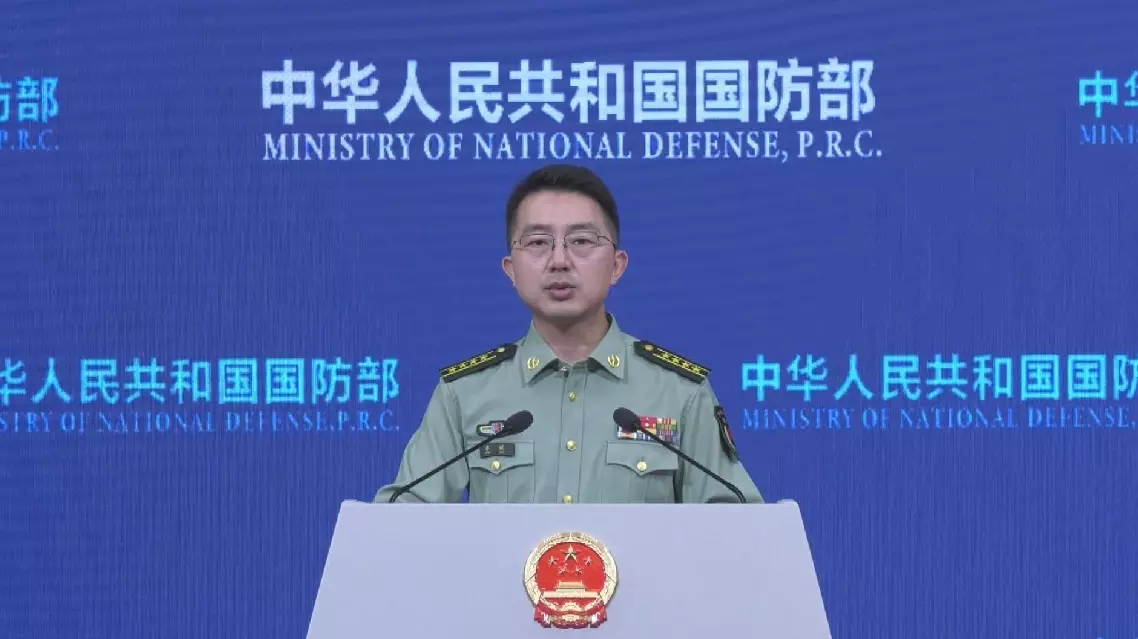
China to restructure, establish three new military academies





